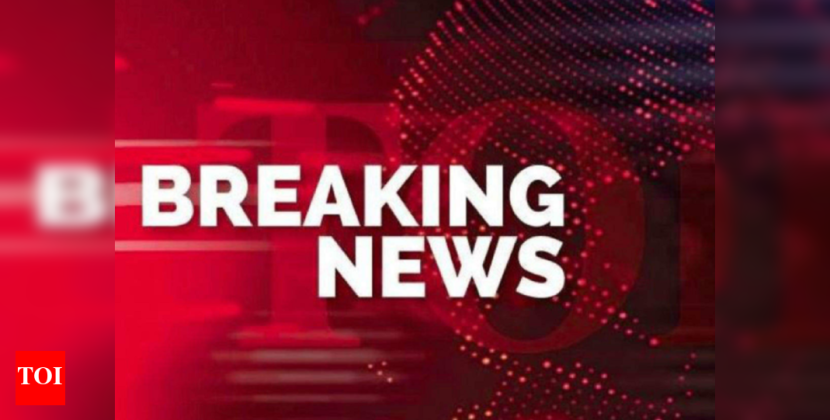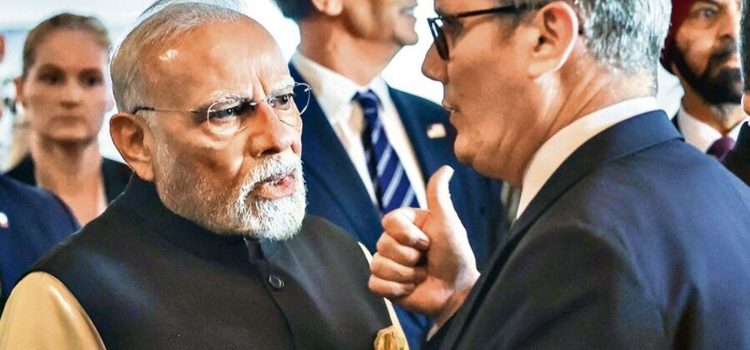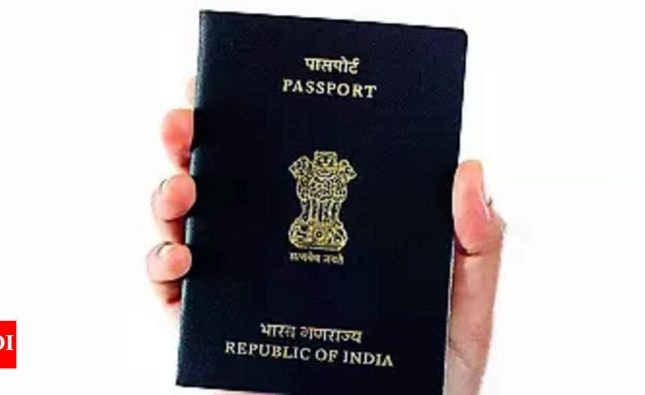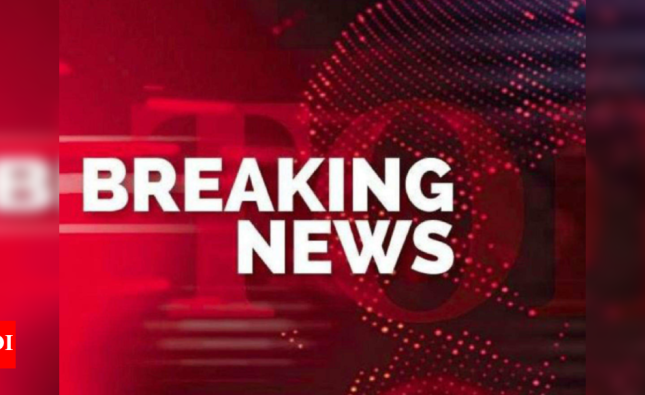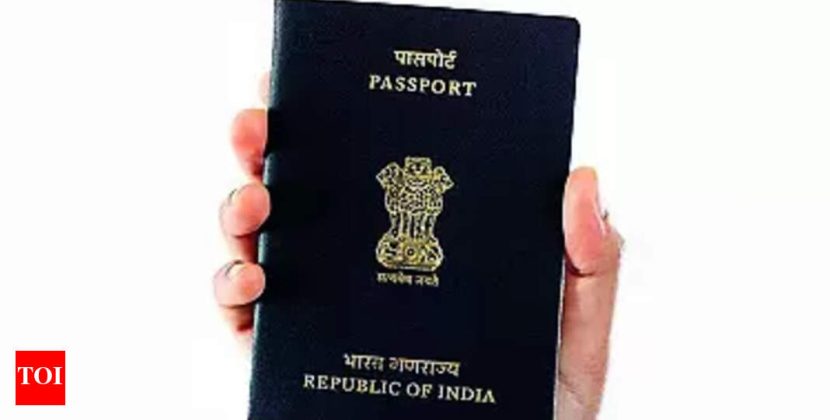
The comprehensive trade pact, which has been under negotiation for over two years, covers 27 chapters and is expected to deliver significant market access and investment opportunities across sectors.
The deal also includes dedicated chapters on innovation and anti-corruption, sections being introduced for the first time in any Indian FTA.
“The preparations are in full swing, and all key officials from both sides will be present for the FTA signing ceremony. The deal is expected to be signed after 10 am UK time, which will be around 3 pm in India,” said one of the two people familiar with the matter.
“As the legal scrubbing is still in progress and in its final stages, which are likely to be completed in the next couple of weeks, the deal will be signed now, and its full text will be released later, after a few weeks,” said the second person.
Legal scrubbing is a standard process where legal teams from both sides meticulously review the text for consistency, clarity, and compliance with domestic laws.
Queries sent to the commerce ministry and the UK Embassy in New Delhi remained unanswered till press time.
Releasing the full text of the FTA is very important for transparency as it allows stakeholders, including industry, lawmakers, and civil society, to assess the commitments made in the trade deal.
It ensures accountability, helps businesses prepare for implementation, and enables informed public debate on the agreement’s potential economic, legal, and social implications.
Even after the signing of the deal, the FTA will come into force only after receiving legal clearances from the British Parliament—a process that could take up to a year, depending on how the parliamentary procedures progress in the UK, said the second person.
The Union cabinet led by Prime Minister Narendra Modi on Tuesday approved the India-UK free trade agreement.
Who benefits
Sectors likely to benefit from the FTA include textiles, footwear, auto components, gems and jewellery, furniture, sports goods, chemicals, and machinery—many of which currently face UK tariffs ranging from 4% to 16%.
“The Indian textile and apparel sector is gearing up to make the most of the India-UK FTA. We’re seeing growing engagement from UK buyers across categories—from SMEs to large integrated manufacturers—and some firms are already expanding capacity to meet this demand,” said Prabhu Dhamodharan, convenor of the Indian Texpreneurs Federation (ITF).
“With the added benefit of duty-free access under the FTA, we aim to increase our market share in the UK from the current 6% to 10% over the next two years, unlocking an additional ₹6,000– ₹7,000 crore in business through steady, sustained growth.”
According to the final terms, the duty on Scotch whisky has been reduced from 150% to 75%, and will be brought down further to 40% over the next 10 years.
Similarly, the duty on automobiles has been cut from 100% to 10%, effective gradually over a few years after the FTA takes effect. However, vehicle imports will be allowed only under a fixed quota. The size of the quota is not immediately clear, but it is likely to be insignificant compared to the size of India’s domestic car market.
The India-UK FTA is one of the most comprehensive trade pacts India has signed in recent years, covering goods, services, investments, and sustainability issues. A total of 27 chapters have been negotiated since January 2022.
The 14th and final round of negotiations began in January 2024. The finalisation of the deal was announced on 6 May after the Prime Ministers of both countries held a concluding round of talks.
Also Read: India-UK trade pact: A new paradigm for the digital economy
Meanwhile, in his departure message ahead of the UK and Maldives visit from 23 to 26 July, PM Modi said that India and the UK share a comprehensive strategic partnership that has seen significant progress across sectors such as trade, innovation, and defence.
PM Modi said his meeting with UK Prime Minister Keir Starmer would be an opportunity to further strengthen the economic partnership aimed at fostering prosperity, growth, and job creation in both countries.
As per the commerce ministry data, India’s exports to the UK stood at $11.46 billion in FY23, rose to $12.98 billion in FY24, and further increased to $14.55 billion in FY25, reflecting a steady upward trend in bilateral trade.

